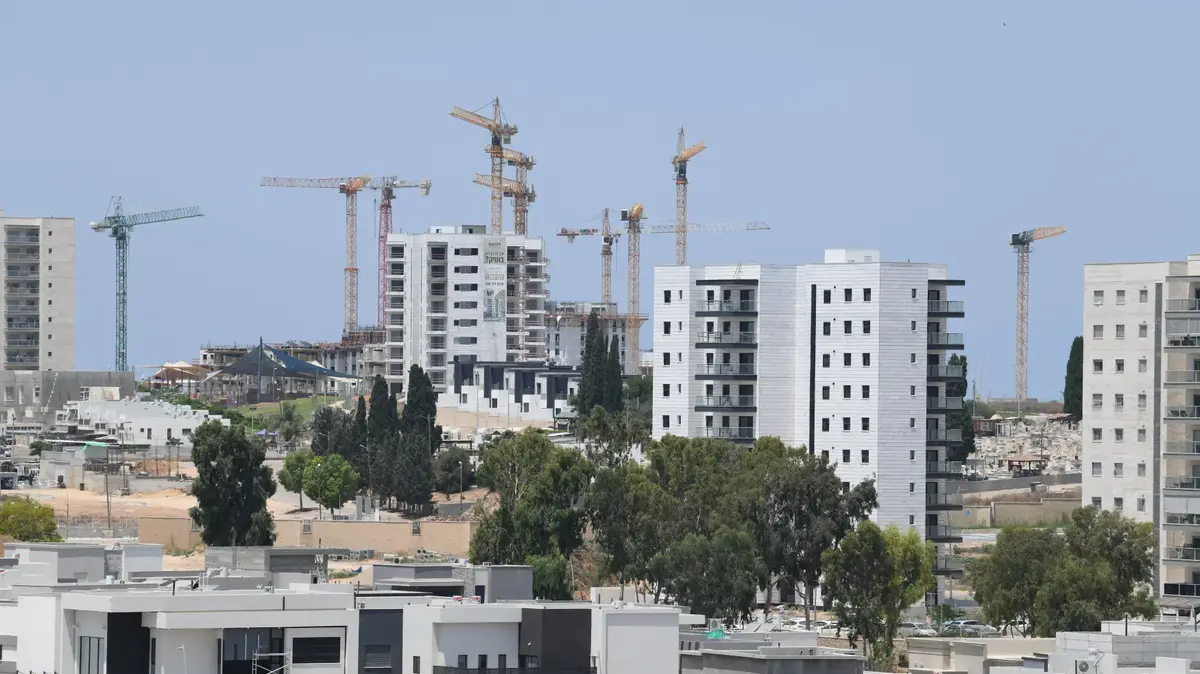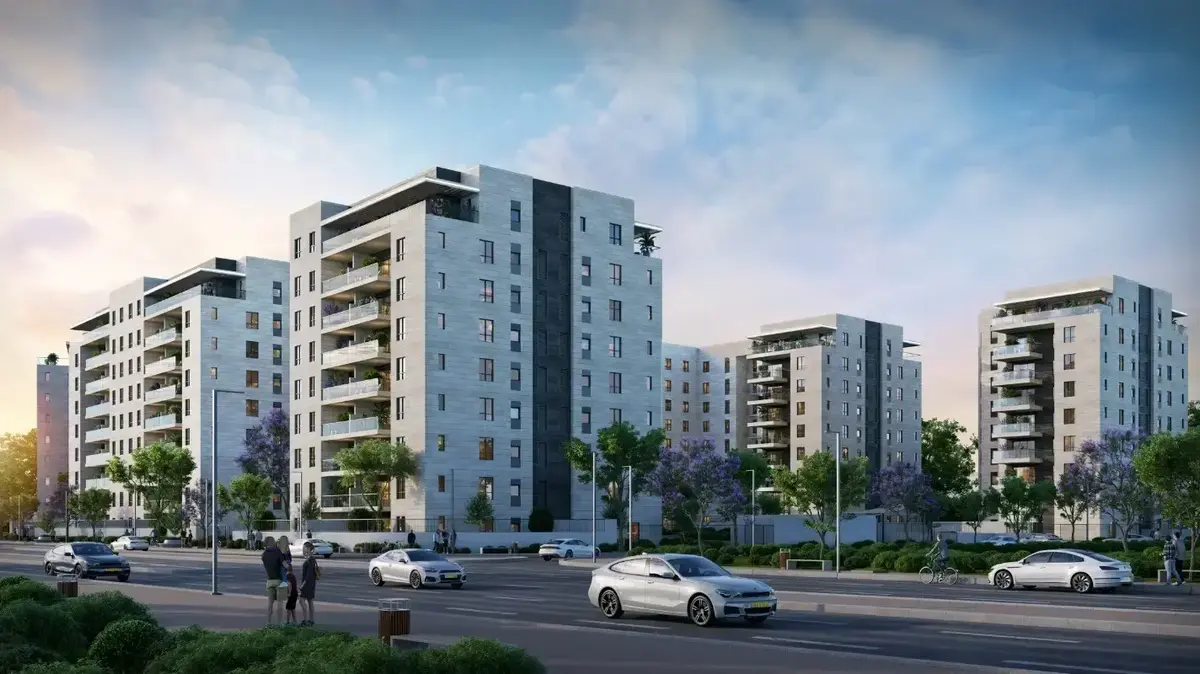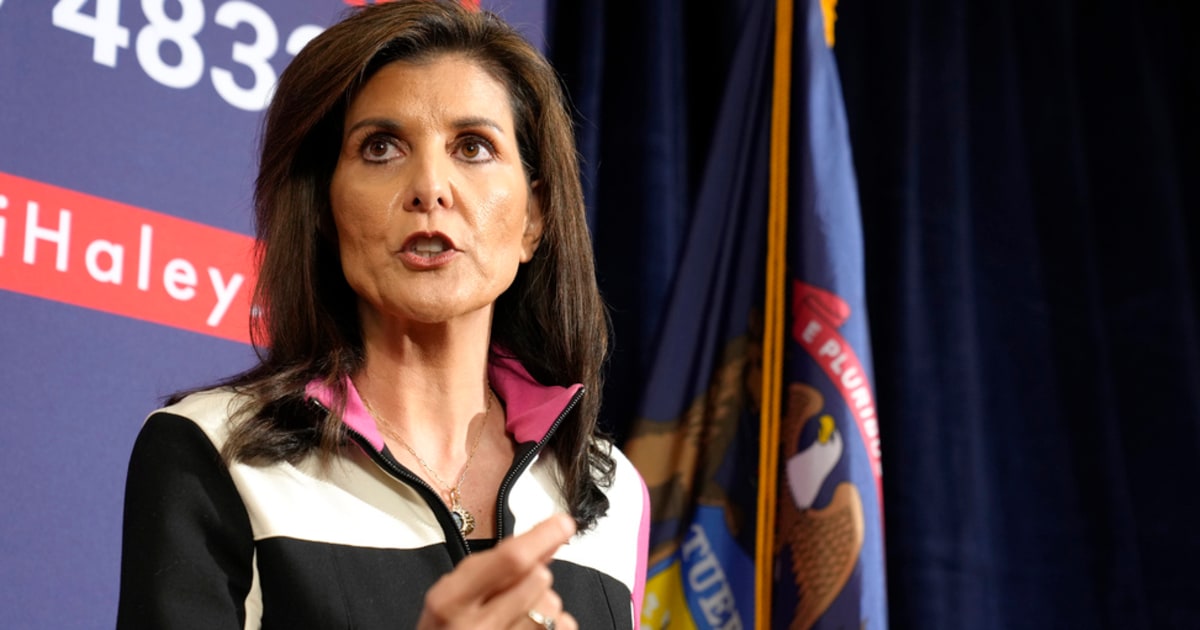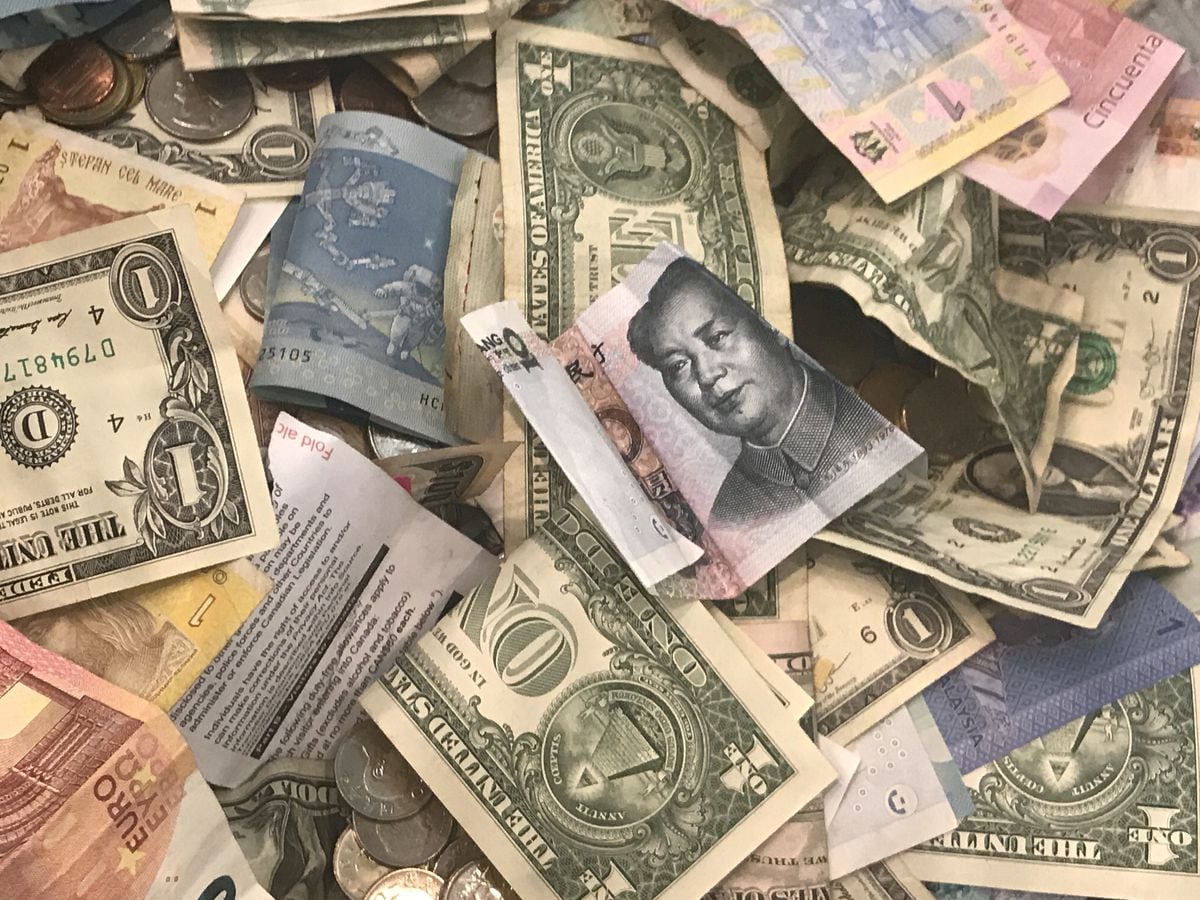In the south they buy apartments and open businesses.
Victory or defeat?
Winning abroad, losing at home: winning in Gaza and saving the Western Negev, but losing the Eastern Negev to gangs of criminals.
More citizens moved to live in the south and more businesses were opened, but when you dive into the data, you find that they tell more than one story
Shlomo Maoz, guest column
12/08/2022
Friday, August 12, 2022, 1:59 p.m
Share on Facebook
Share on WhatsApp
Share on Twitter
Share by email
Share in general
Comments
Comments
Construction in Netivot.
The conflicts do not prevent the continuation of settlement in the south (Photo: Avi Rokah)
How many new apartments and houses did the Israelis purchase in the south of the country in the last year after the rocket attack from the Gaza Strip on the residents of Israel during Operation Wall Guard, which broke out in May 2021?
In the past, the fighting and the absorption of rockets from the Gaza Strip occurred once every few years, but in recent years the frequency of conflicts has increased, as we came to know only last week during Operation Dawn.
In November 2019, Operation Black Belt took place, in May of the same year - Operation Closed Garden, in July-August 2014 - Operation Solid Cliff, in November 2012 - Operation Pillar Cloud and in December 2008 to January 2009 - Operation Cast Lead.
The confrontations with the Gazans did not prevent the continuation of the settlement in the south.
The migration of residents to the south of the country continued in the last year mainly due to the increase in apartment prices in the center of the country, which gradually spread to the entire country.
The fear of rockets is neutralized in the balance of considerations against apartment prices in Israel.
Also, there are other dangers lurking for families moving to the south of the country, especially consequences for the mental development of the children, but also for the adults.
Over the course of a year, from June 2021 to May this year, 10,512 new apartments were purchased - 614 apartments more than the previous year - an increase of 6.2%.
When you compare this to the national average, you find that it also reflected an increase in the purchase of new apartments compared to the previous year: another 4,345 apartments and houses were purchased during that year - an increase of 8.5% to a total of 55,594 new apartment units throughout the country.
That is, despite the increase in the purchase of apartments in the south, the Israeli public still wants to live in the center of the country, where the jobs are plentiful.
Indeed, when examining only the center, it becomes clear that there was an increase in the purchase of apartments of 14.9% to 14,391 apartments, and in the Tel Aviv district an increase of 13.2% to 12,325 new apartments in particular.
And outside the center: in Jerusalem - a moderate increase of 2.2%, in the north - an increase of 4% and in Haifa - a decrease in the purchase of apartments of 3.1% in the year preceding May 2022 compared to the year preceding May 2021. Furthermore, the people of the south prefer self-construction to save on the contractor's expenses and the associated cost .
In the last year, 2,766 apartments and houses were built not for sale in frameworks, such as purchasing groups or other construction organizations outside of the free market of contractors.
This is a sharp increase of about 26% compared to the year before, similar to the North with an increase of 26% and compared to the national average of 22%.
In the center there was an increase in this category of about 9%, in Tel Aviv - a decrease of 33%, in Haifa - an increase of 65% and in Jerusalem - an increase of about 11%.
The Negev between the Bedouin hammer and the Gazan anvil.
Cafe Greg in Sderot at the beginning of the week (photo: Avi Rokah)
The influx to the south also involves the establishment of businesses.
According to the data of the Central Bureau of Statistics, 54,643 businesses were "born" in 2021 (as defined by the Central Bureau of Statistics) in the entire State of Israel, and the percentage of births out of the total number of active existing businesses was 8.4%.
The percentage of births of businesses in the south out of all active businesses in the south was higher than the national average - 9.2% , and the percentage of births in the north of the country as well as in Judea and Samaria was 9.6%. The percentage of births in the center of the country was 8.1%, in Tel Aviv - 7.3%, in Haifa - 8.6% and in Jerusalem - 8.9%. These data are encouraging: this is about opening businesses in the south that accompany the fabric of life.
For years The assumption was that for those who move to live in the belts far from the center of Gush Dan, the place of work continues to be in the center with daily trips to Gush Dan. Let's examine the industries in which businesses were born in the south in relation to businesses in the same industry that existed.
The births of businesses were mainly in the field of real estate: in construction, 10.2% of businesses were born in relation to the existing businesses in the industry, and in activities related to real estate, such as brokerage and interior architecture, 10.3% were born in relation to the existing businesses.
Businesses were also born in the fields of information and communication - 11.5%, in the financial services sector another 8.8% of businesses were born and in the field of professional services defined as scientific and technical another 9.8% were born.
Another 13.9% were born in food and hospitality services mainly with the gradual exit from the Corona period.
It is interesting to note that only 6% of new businesses were born in the industry compared to the existing ones.
This mix indicates a change in the structure of the population and businesses.
If we compare to the center of the country, another 7.8% of the businesses in the field were born in construction, in real estate activity - 8.9%, in information and communication - 10.5%, in financial services - 8.9%, in professional - scientific and technical services - 8.6%, in hospitality and food services - 12.3% and in the industry field In the central region - 4.5%.
I won't bore you with the data for the other regions in Israel, but without a doubt, the construction in the south, or rather - the expansion of settlement and the structure of businesses, indicates the strengthening of the employment structure in the region despite the periodic missile attacks.
good to know (in advance)
A revolution in the world of facial treatments: AI and radio waves in a home device at a special price
Served on behalf of B Cure Laser
Not only residences, employment in the area is also getting stronger.
Sderot (Photo: Reuven Castro)
The legislator provides assistance to those living in the areas of the book in the south.
The ceiling of the annual income tax benefit for income comes in person at Sderot, Eshkol Socioeconomic 4, and is the maximum allowed - 20%, which is an annual benefit for an employee or the self-employed of up to NIS 246,120 per year.
There are annual benefits in lower percentages with smaller amounts, according to a regular table approved by the legislature.
The meaning in the case before us is that those who earn even NIS 24,000 per month are actually exempt from income tax.
The benefit is given to every employee, if he is liable for income tax.
If both spouses earn a high salary, the benefit is doubled for the family unit, which is really significant.
In Ofakim, a settlement with socioeconomic status 3, the amount of the benefit is up to 18% of income up to a benefit ceiling of NIS 238,920 per year.
In Netivot, it is also classified in socioeconomic status 3, the amount of the benefit is up to 16% of the income and up to a ceiling of NIS 208,320 per year.
Also entitled to a maximum benefit of 20% are the immigrant village of Ivym, the community settlement of Zohar and the moshavim Ptolemy Eliyahu, Ptolemy Yosef, Takuma, Peri Gan, Amiauz, Bnei Netzer, Yechini, Toshiya, Yad, Sde Nitzan, Shadi Avraham, Shukda, Zimart, Kfar Maimon, Mitvathim, Mavekiaim, Neveh and Ein Hashor - names that many Israeli citizens have come to know from red color alerts.
The kibbutzim Or Hanar, Erez, Bari, Boror Hail, Gavim, Gavram, Zikim, Hulit, Yad Mordechai, Kisufim, Kfar Aza, Kerem Shalom, Karmiya, Magen, Mefalsim, Nahal Oz, Nir Oz are also entitled to the same discount of up to 20%. Nir Am, Nirim, Sufa, Saad, Ein Hasholsha, unknown and evil.
The legislator stated that the benefits of 20% of the taxable income are valid until the year 2025. It is a shame that this is the case, because a family moving to the south wants to see the horizon of residence, payment of their mortgage and longer-term employment, and not to be dependent on the grace of the finance committee in one coalition or another.
Without a long-term horizon the benefit is impaired.
Families, just like businesses, are looking for a horizon for their investment.
There are localities entitled to a discount lower than 20% that are not mentioned here.
Settlements along the conflict line are also entitled to government aid in the amount of NIS 10,000 for the construction of MMD.
How to fill an "empty group"?
The task that the legislator set before the residents of the south and surrounding Gaza is not an easy one in order to take advantage of the generous credit of the income tax.
Taxpayers in the south of the country must make an effort to increase their income in order to reach the maximum income that entitles them to the maximum benefit, otherwise there is no exhaustion of the benefit, or as it is called by economists an "empty group", meaning a benefit that cannot be used.
This goal can be achieved through the rehabilitation, expansion and construction of employment areas for those with higher education and high-tech jobs.
With the new road and rail systems it is possible.
In order to attract businesses to the south, local government taxation must be reformed, it is the property tax imposed on the local government by law by the Ministries of the Interior and Finance.
In general, property tax and the mix between businesses and residences should be reformed in favor of businesses (we will not elaborate on this issue here).
Increasing the employment areas and the cumulative volume should allow the local government in the south of the country, with the agreement of the Treasury and the Ministry of the Interior, to reduce the property tax for businesses in the south of the country, in the places specified here as today entitled to income tax benefits.
The goal is to increase the viability of an influx of businesses to the south of the country, an increase in wages and the exploitation of benefits.
Riots in Berhat.
When the choice is between a round of fighting once every few years and a continuous daily nightmare, the Jewish residents prefer the settlements of the Western Negev (Photo: Yotam Ronan)
The Bedouins are winning
In the south of the country there is a changing trend in the demand for housing.
The ongoing occupation of the Negev by the Bedouin diaspora, which has accompanied the lack of governance in the Negev in recent years, keeps the residents of Be'er Sheva, a settlement in socioeconomic status 5, and its daughters sleepless.
The fear of driving at night on the Negev roads, the fear of vehicles driven by young Bedouin driving from the side of the road onto the paved road, the break-ins into homes and the theft of vehicles on a daily basis, the illegal car races, the protection that businesses have to pay for every step - all these and more discourage the Life for some of the Jews in the old Negev settlements.
Even in the prestigious settlements, such as Omar, which is in the socioeconomic index at level 10, and Lahavim and Mitar, which are in socioeconomic status 9, we are tired of the tension with the Bedouins.
In the absence of an effective government and police, the solution for some of the old residents of the Negev is to move to settlements near the Gaza Strip and the Eshkol Hebal, far from the Bedouin's harm.
If you want, the choice is between a daily nightmare and a nightmare once every few years in the form of army operations against Gaza and sending rockets to settlements around Gaza and more distant settlements.
The residents of the south are between the Bedouin hammer and the Gazan sledgehammer.
Part of the population in the settlements of the Western Negev prefers government tax benefits and distance from the Bedouins.
It is true that at first glance it is less prestigious, but the possibility of saving capital within a few years, the increase in employment opportunities, the increase in the number of residents, the thawing of the land for construction and the thawing of the land for the employment areas - all together lead to a change in the south.
The Bedouins won, they push the Jews out of the Beer Sheva district and the eastern Negev, and the tax benefits draw the Jews in, to the western Negev.
Of money
opinions
Tags
real estate
wipe
Sderot
Omar
Bedouin diaspora
Bedouins
Gaza















